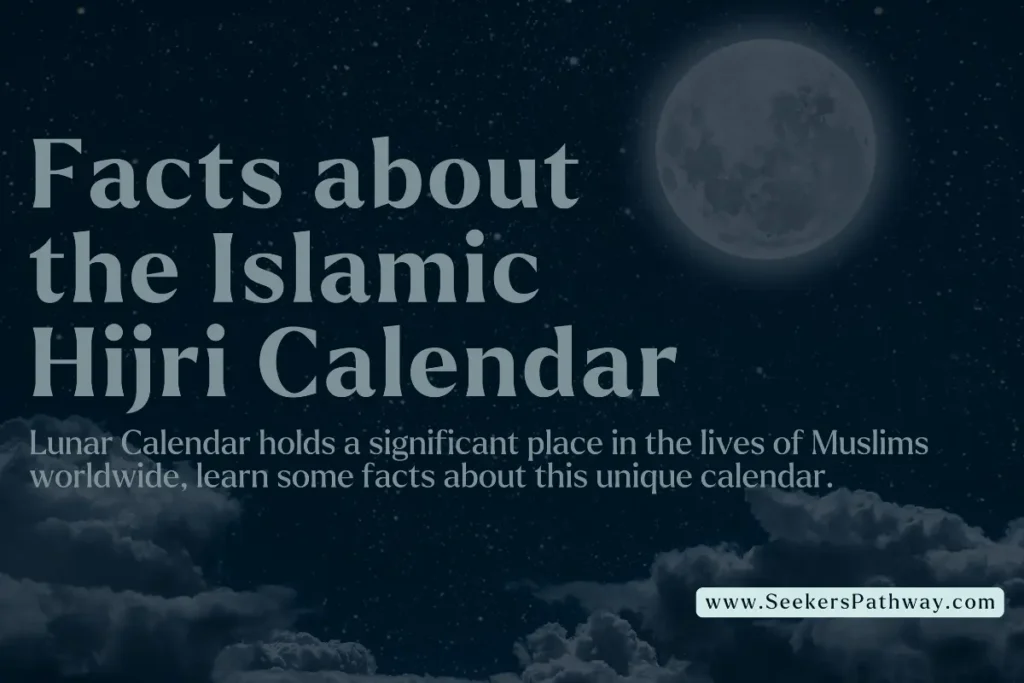The Islamic Hijri calendar, also known as the Lunar Hijri calendar, holds a significant place in the lives of Muslims worldwide. It is not only a means of marking time but also a reflection of the Islamic faith and heritage. Here are some intriguing facts about this unique calendar:
Hijri Calendar Facts
1. Lunar-Based System
Unlike the Gregorian calendar, which is solar-based, the Islamic calendar 1445 Hijri is based on the lunar cycle. Each month begins with the sighting of the new moon, making the calendar approximately 10-12 days shorter than the solar year.
2. Origin and Naming
The Islamic calendar Hijri started in 622 CE, marking the migration (Hijra) of Prophet Muhammad (PBUH) from Mecca to Medina. This event was pivotal in Islamic history and hence, the calendar is named “Hijri.”
3. 12 Lunar Arabic Months
The Islamic year comprises 12 lunar months. These months are:
- Muharram
- Safar
- Rabi’ al-Awwal
- Rabi’ al-Thani
- Jumada al-Awwal
- Jumada al-Thani
- Rajab
- Sha’ban
- Ramadan
- Shawwal
- Dhu al-Qi’dah
- Dhu al-Hijjah

4. Significance of Ramadan
Ramadan, the ninth month, is the most significant in the Islamic calendar. It is the month of fasting, reflection, and prayer, commemorating the first revelation of the Quran to Prophet Muhammad (PBUH).
5. Eid Celebrations
The Hijri calendar includes two major Islamic festivals: Eid al-Fitr, which marks the end of Ramadan, and Eid al-Adha, which occurs during Dhu al-Hijjah in conjunction with the Hajj pilgrimage.
6. Unpredictable Months
Since the Hijri calendar is lunar, the start of each month is unpredictable and depends on the moon sighting. This variability adds a dynamic aspect to the calendar, connecting Muslims with natural lunar cycles.
7. A Year of Reflection
The Hijri year includes several significant days of reflection and remembrance, such as the Day of Ashura in Muharram and the Day of Arafah during Hajj. These days are marked by fasting and special prayers.
8. Global Relevance
While the Gregorian calendar is used for civil purposes worldwide, the Hijri calendar is crucial for determining Islamic holidays and rituals. Muslims across the globe refer to this calendar for their religious observances.
9. Cultural Impact
The Hijri calendar influences various cultural aspects, including literature, art, and daily life in Muslim-majority countries. It is a symbol of Islamic identity and heritage.
10. Interplay with the Gregorian Calendar
Muslims often use both the Gregorian and Hijri calendars in tandem. For instance, significant life events such as births, marriages, and deaths are recorded according to both systems.










